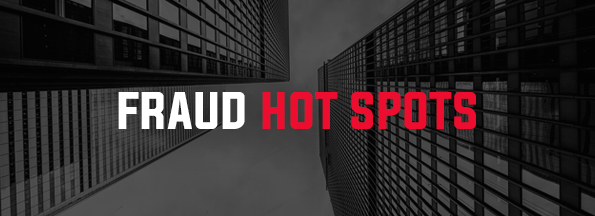Collusion: Teamwork at its Worst

Teamwork is usually a good thing. Many organizations work hard to increase its effectiveness because well-coordinated activity can boost productivity and improve outcomes. Unfortunately, the effect of multiple people colluding to commit occupational fraud and abuse has the same kind of effect as good teamwork by increasing the impact of the crime.
Greater Collusion = Greater Loss
The Association of Certified Fraud Examiners (ACFE) 2016 Report to the Nations on Occupational Fraud and Abuse shows that the greater the number of people colluding in a fraud, the greater the loss. The median loss for a lone fraudster was $85,000, while losses where 5 or more colluded was $833,000.
It’s important to note that about 48% of the cases covered by the 2016 report involve collusion between two or more people. However, fraud by collusion was detected in about 18 months as compared to 16 months for the lone fraudster, so the duration of the fraud was not the prime source of the higher cost of collusion. In any event, the frequency and higher cost of collusion means that this form of fraud is a serious threat.
Working Together to Defeat Controls
Collusion may enable fraudsters to defeat controls based on separation of duties, independent verification procedures, or other procedural methods intended to reduce fraud or failure. Certainly, employees are expert in the application of controls where they work every day. When two or more of them coordinate activity meant to defraud the organization, they can defeat the controls at least for a time.
How to Detect Collusion
Detection of clever collusion schemes may be improved by setting up automated tracking or standardized analytical systems that flag unusual behaviors. For example, numerous transactions on a dormant or very low volume account or transaction amounts outside normal limits may indicate fraud. The system might flag changes in employee behavior, such as failure to take a vacation for a lengthy period of time or a significant change in working hours. The system might be designed to create norms for behavior in a given type of job and compare each person in that role to the norm. Outliers’ of behaviors could be scrutinized more closely.
Prevention is the Best Medicine
Of course, prevention is better than detection because detection means that fraudulent losses have already occurred. Potential fraudsters may leave a trail based on internal searches, such as searches for accounts whose inactivity means that they would not be regularly monitored, helping them to escape detection.
More straightforward, a well-designed hiring process with effective background checks, plus regular training in fraud prevention can help to create a workplace culture where fraud is not tolerated. Multiplying the number of people who would report suspicious behavior is probably the most effective means of fraud prevention, including collusion to commit fraud.

